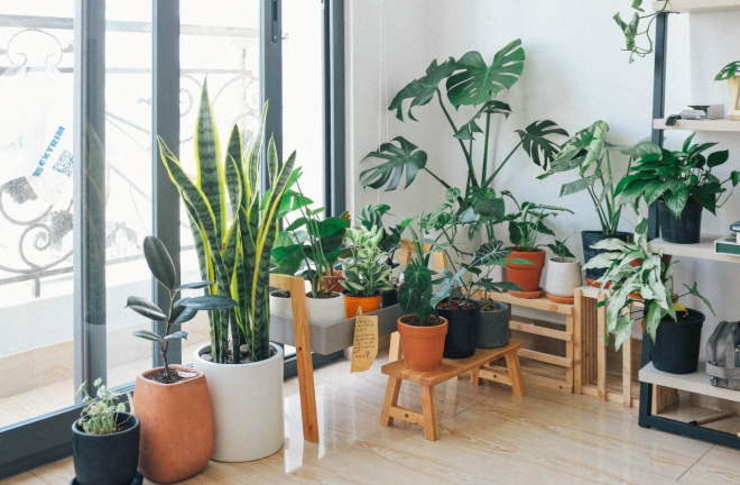Plants: Practical Guide to Indoor Growth and Air Quality
Plants bring living texture to interiors, improve visual appeal, and can influence humidity and perceived air freshness. Caring for plants involves understanding light, water, soil, and pest management. This article explains practical ways to choose, place, and maintain plants for healthier rooms while clarifying what science does and does not support about their effects on indoor air.

This article is for informational purposes only and should not be considered medical advice. Please consult a qualified healthcare professional for personalized guidance and treatment.
What do plants need to thrive?
Healthy plants need an appropriate balance of light, water, nutrients, and a suitable container environment. Most species prefer well-draining soil and pots with drainage holes to avoid root rot. Matching a plant’s natural habitat—bright, indirect light for many tropical species or direct sun for succulents—reduces stress. Regular but modest feeding during the growing season and occasional repotting as roots fill the container keeps plants vigorous. Observing growth rate and appearance will help you adjust care over time.
How to choose indoor plants?
Selecting indoor plants starts with assessing the conditions in your space: light levels, humidity, and how often you can water. Low-light tolerant species suit shaded rooms, while bright windows allow for more diverse options. Consider leaf size and plant form for practical reasons—large-leaved plants add bold greenery but shed more leaves and may need more maintenance. If allergies or pets are a concern, check plant safety lists provided by local services or trusted horticultural sources in your area before bringing new plants home.
Do plants affect air quality?
Plants can influence indoor air in several ways, but expectations should be realistic. In sealed laboratory settings, some potted plants and associated soil microbes have been shown to remove certain volatile organic compounds (VOCs). In typical homes or offices with normal ventilation, however, a few houseplants are unlikely to substantially change measured indoor pollutant levels. Plants do affect humidity through transpiration and may reduce dust by trapping particulates on leaves. For significant air quality improvements, ventilation, filtration, and source control are primary strategies.
How to incorporate greenery into spaces?
Integrating greenery requires balancing aesthetics and plant needs. Group plants with similar light and humidity requirements together to simplify care. Use varying heights, pot styles, and textures of foliage to create visual interest, and place plants near seating or work areas where their calming presence is most appreciated. Consider vertical solutions like wall planters for small spaces, and use plant stands or shelves to lift trailing varieties. Local services or nurseries in your area can advise on plant mixes that suit specific indoor environments and design preferences.
What do leaves reveal about plant health?
Leaves are a primary diagnostic tool for plant care. Yellowing leaves often indicate overwatering or poor drainage, while brown, crispy edges usually point to low humidity or underwatering. Pale new growth can suggest nutrient deficiency or insufficient light. Spots, holes, or sticky residues may signal pest issues like scale, mealybugs, or fungal disease. Regularly inspecting leaves—undersides included—lets you detect problems early. Simple adjustments to watering, light placement, or a targeted pest treatment typically restore leaf health before major decline occurs.
Practical plant care routines
Consistent, simple routines help plants thrive: check soil moisture weekly, adjust frequency by season, and rotate pots every few weeks so light reaches all sides. Wipe leaves occasionally with a damp cloth to remove dust and improve photosynthesis. Pruning spent growth and removing yellow leaves directs energy to healthy parts of the plant. When moving plants outdoors seasonally, acclimate them gradually to higher light. Keep a small notebook or use a plant care app to track watering and fertilizing schedules—regular records reduce guesswork and help troubleshoot issues.
Plants can enrich indoor environments in many subtle ways, from adding greenery and texture to slightly altering humidity and perceived freshness. While houseplants are not a substitute for mechanical ventilation or air filtration when those are needed, mindful selection and consistent care make them resilient, attractive companions in homes and workplaces. Observing leaves, matching species to conditions, and maintaining simple routines are the most reliable steps to enjoy healthy plants and pleasant indoor spaces.






